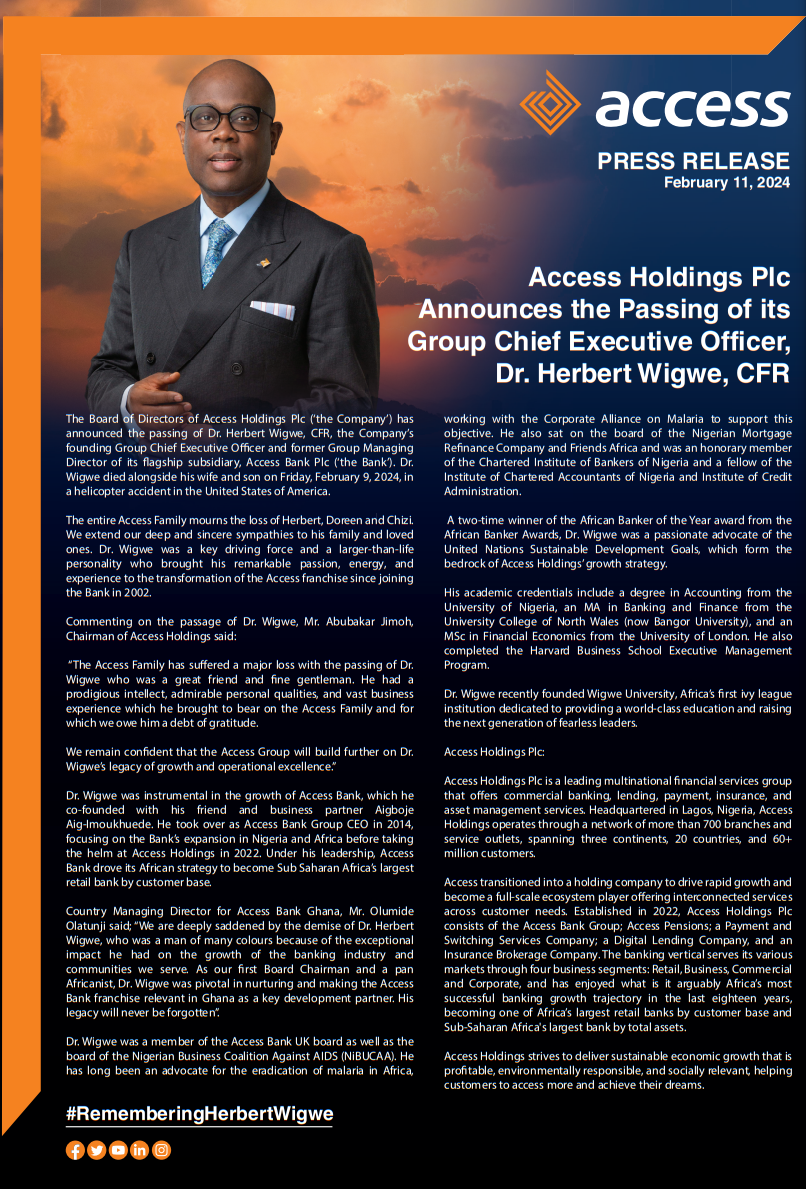
Despite suggestions from the Health Ministry that the deaths of four students at the Kumasi Academy in the Ashanti Region were caused by acute respiratory infections, the Ghana Health Service has said that it would be too early to comprehensively state that the cause of those deaths had been determined.
According to the Director of Public Health at GHS, Dr. Badu Sarkodie, despite tests by the Noguchi Memorial Institute indicating that the ailments at the school were caused by Influenza type A, it would be premature to rule out other potential causes as well.
Speaking on the Citi Breakfast Show on Friday, Dr. Badu Sarkodie said that some of the symptoms which had been noticed in the students on admission could indicate the presence of a number of conditions, including Influenza and Meningitis, which had earlier been ruled out.He added that further tests needed to be carried out on the samples before a definitive cause of death can be determined.
“If somebody should die unfortunately, there are specific changes in the normal anatomy that makes you think that those are the changes that led to the deaths. The bleeding could be Disseminated intravascular coagulation (DIC) which you can also have in the flu and in Meningitis. What are the changes in the body internally which the physical examination may not pick? With the blood samples that were taken to the lab, they should all complement and make the story complete,” he said.
“For now, we have enough information to say that it is the flu that is causing the outbreak. We have one condition in mind but it could be more. As scientists what we say is that let’s study As it happened the other time, we confirmed Meningitis. Now if it happens to be something else or more than one issue, you need to take a detailed assessment.”

Minister of Health, Kwaku Agyemang-Manu
Swine flu?
The Health Minister, Kwaku Agyeman Manu announced on Thursday that, out of 19 samples sent to the Noguchi Memorial Institute from Kumasi Academy 12 tested positive for influenza type A.
According to the Minister, reports on further tests were received confirming Influenza type-A H1N1 2009 [Otherwise known as Swine Flu], pandemic strain.
Officials from the Ghana Health Service had previously ruled meningitis out in the recent deaths and noted that a bacterial infection was likely.
The whole student population have been administered with antibiotics as part of a prophylaxis.
Of the 32 cases on admission 27 had signs of fever, headaches, joint and body pains, coughs abnormal chest signs and auscultation.
The Health Minister also suggested that some of the deaths may have been caused by an outbreak of acute respiratory infections.
Based on findings on respiratory samples sent to the Noguchi Memorial Institute for Medical Research, Mr. Agyemang-Manu said there was “an outbreak of an acute respiratory infection with severe presentations and some resulting in death.”
But the Noguchi Memorial Institute’s Director, Professor Kwabena M. Bosompem, said that the research institute is yet to take delivery of autopsy samples from the deceased students.
Speaking to Citi News‘ Caleb Kudah on whether the causes of death at the school had been identified, Prof. Bosompem said: “that I cant say because that is pathology.”
“Some autopsy samples have been collected and are being sent to Noguchi to start investigations. So unless we investigate that and know exactly what is the cause of death, it is not good to speculate.” Prof. Bosompem added.

What does the WHO say about Influenza?
There are three types of seasonal influenza viruses, types A, B, and C, but only influenza type A viruses are known to have caused pandemics.
Placed under the umbrella of seasonal influenza, the World Health Organisation notes that this virus is characterized by a sudden onset of fever, cough, headaches, muscle and joint pain, severe malaise, sore throat and a runny nose.
Most people are said to recover from the fever and other symptoms within a week without requiring medical attention but influenza can cause severe illness or death in people deemed high risk.
Pregnant women, children aged between six to 59 months, the elderly, individuals with specific chronic medical conditions such as HIV/AIDS, asthma, and chronic heart or lung diseases, and health-care workers have the highest risk of contracting the virus, according to WHO.
Vaccination is said to be the most effective way to prevent the disease, even when circulating viruses may not exactly match the vaccine viruses.
It should be noted that the outright cause of death of the four students of the school and the hospitalization of 32 has yet to be fully confirmed.
–
By: Edwin Kwakofi/citifmonline.com/Ghana
The post Cause of KUMACA deaths not yet confirmed – GHS appeared first on Ghana News.
Despite suggestions from the Health Ministry that the deaths of four students at the Kumasi Academy in the Ashanti Region were caused by acute respiratory infections, the Ghana Health Service has said that it would be too early to comprehensively state that the cause of those deaths had been determined. According to the Director of Public ...
The post Cause of KUMACA deaths not yet confirmed – GHS appeared first on Ghana News.
Read Full Story








Facebook
Twitter
Pinterest
Instagram
Google+
YouTube
LinkedIn
RSS